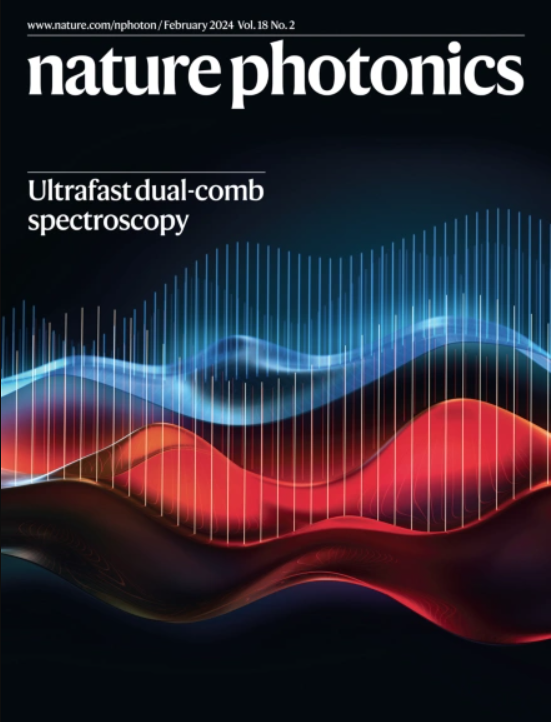MINFLUX achieves molecular resolution with minimal photons
IF 32.3
1区 物理与天体物理
Q1 OPTICS
引用次数: 0
Abstract
Optical super-resolution microscopy is a key technology for structural biology that offers high imaging contrast and live-cell compatibility. Minimal (fluorescence) photon flux microscopy, or MINFLUX, is an emerging super-resolution technique that localizes single fluorophores with high spatiotemporal precision by targeted scanning of a patterned excitation beam featuring a minimum. MINFLUX offers super-resolution imaging with nanometre resolution. When tracking single fluorophores, MINFLUX can achieve nanometre spatial and submillisecond temporal resolution over long tracks, greatly outperforming camera-based techniques. In this Review, we present the basic working principle of MINFLUX and explain how it can reach high photon efficiencies. We then outline the advantages and limitations of MINFLUX, describe recent extensions and variations of MINFLUX and, finally, provide an outlook for future developments. The authors review MINFLUX super-resolution microscopy, outlining its advantages and limitations, recent progress, and an outlook for future developments.

求助全文
约1分钟内获得全文
求助全文
来源期刊

Nature Photonics
物理-光学
CiteScore
54.20
自引率
1.70%
发文量
158
审稿时长
12 months
期刊介绍:
Nature Photonics is a monthly journal dedicated to the scientific study and application of light, known as Photonics. It publishes top-quality, peer-reviewed research across all areas of light generation, manipulation, and detection.
The journal encompasses research into the fundamental properties of light and its interactions with matter, as well as the latest developments in optoelectronic devices and emerging photonics applications. Topics covered include lasers, LEDs, imaging, detectors, optoelectronic devices, quantum optics, biophotonics, optical data storage, spectroscopy, fiber optics, solar energy, displays, terahertz technology, nonlinear optics, plasmonics, nanophotonics, and X-rays.
In addition to research papers and review articles summarizing scientific findings in optoelectronics, Nature Photonics also features News and Views pieces and research highlights. It uniquely includes articles on the business aspects of the industry, such as technology commercialization and market analysis, offering a comprehensive perspective on the field.
 求助内容:
求助内容: 应助结果提醒方式:
应助结果提醒方式:


